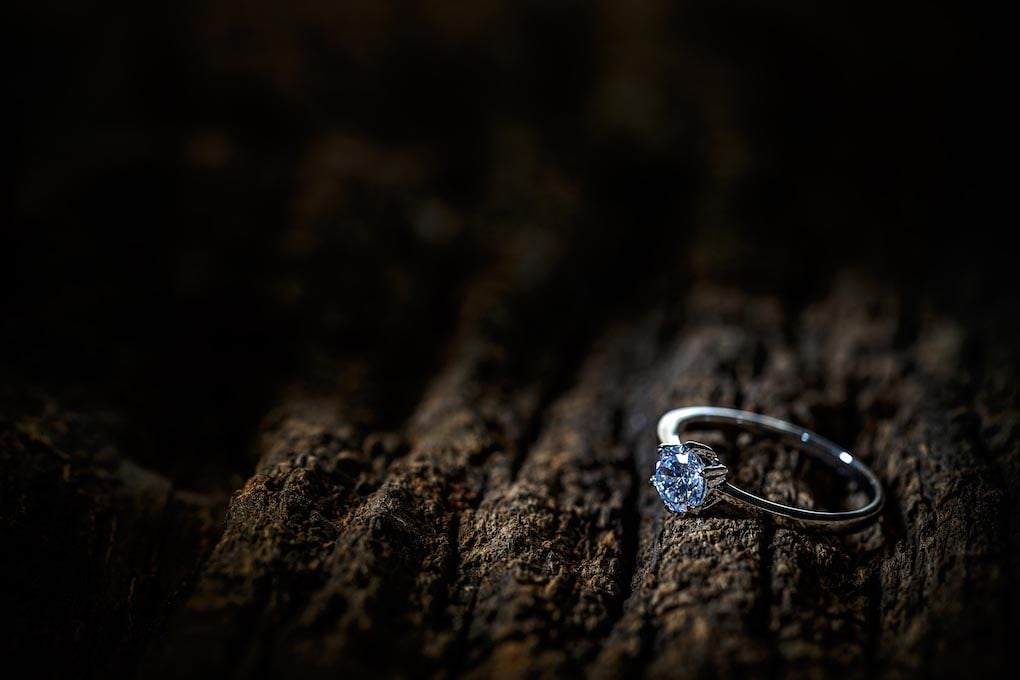What’s The Difference Between Diamonds and Other Gemstones?
Diamonds are one of the most sought after jewels in the world, one of the hardest materials on Earth and one of the most precious gems that add a spectacular sparkle in jewellery. Whenever we think about engagement rings, eternity rings, or any other special piece of jewellery, the most popular stone to go with are diamonds. But how are diamonds compared to other gemstones?
Are diamonds considered a gemstone?
Diamonds are considered gemstones – they fall under the same category; as diamonds, alike gemstones are naturally formed crystals produced from compounds/elements. However, what makes diamonds different from other gems, is that diamonds are formed from a single element, this being high pressured carbon. Whereas other gemstones are compounds of two or more elements.
How are diamonds and other gemstones formed?
Gemstones are formed in the Earth’s crust, roughly 3 to 25 miles beneath the surface – diamonds are formed much deeper beneath the Earth’s surface, 100 miles or so below. This makes every journey, from the Earth’s crust right to your jewellery box, a truly unique experience. The Earth’s crust is made up of three different types of rocks: igneous, sedimentary and metamorphic – different types of gemstones are formed within the different segments of rock.
How are gemstones formed in Igneous Rock?
Igneous rocks form gemstones in two different ways – either through cooling and crystallisation of magma beneath the earth’s surface, or through lava flowing to the earth’s surface from a volcanic eruption or extrusive. The slower the hot molten rock cools and solidifies, the larger the crystals become. Some of the gemstones that are formed in Igneous rock include: diamonds, emeralds, garnets and topazes.
How are gemstones formed in Sedimentary Rock?
Sedimentary rock is formed by the deposition of material within the earth’s surface, where minerals and organic particles settle in place. Gemstones are formed when the rock is worn down and fragments of mineral rich water and wind seep down into the cracks and cavities of the earth’s surface. This deposits layers of minerals which are compressed over time, forming gemstones. Gemstones that are formed in sedimentary rock include opal and zircon.
How are gemstones formed in Metamorphic Rock?
Gemstones are formed in metamorphic rock when heat and pressure changes igneous or sedimentary rocks, or the immense pressure forms new rocks with new minerals. Gemstones that are associated with metamorphic rock include jade, turquoise, ruby and sapphire.
Are gemstones cheaper than diamonds?
Diamonds are one of the most precious and sought after rocks in the earth. Near colourless diamonds can top prices of $10,000 per carat. The price is cultivated as demand is high and supply is tightly controlled. Whereas gemstones respond to normal market pressures, the prices fluctuate with demand and supply – this makes them less expensive than diamonds.
Diamonds are indisputably tougher than other types of gemstones, giving them a long lifespan. When mounted on jewellery, they make for a timeless gift that can be passed down and loved by generations to come. Both diamonds and other gemstones make for beautiful pieces of jewellery that will be treasured for years.
Visit Our Showrooms to:
- Compare diamonds and gemstones side-by-side under professional lighting
- Feel the quality difference with hands-on examination
- Get expert guidance on choosing the right stone for your budget and style
- See our full collection of diamond and gemstone jewelry
- Learn about certification and what to look for when buying
Visit us in London, Birmingham or our Brighton jewellery store.




